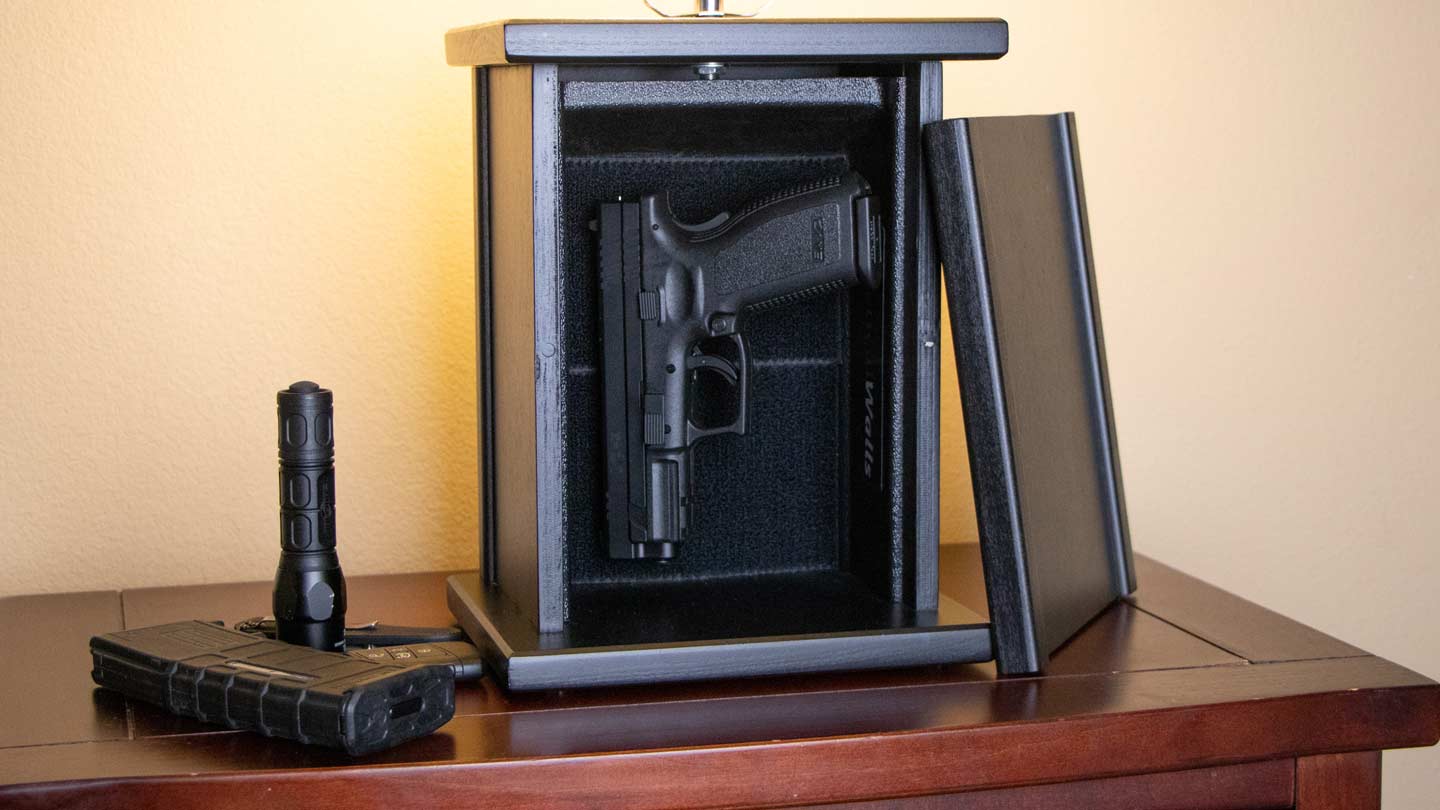

Articles
How To Store Guns
Modified: January 19, 2024
Learn how to safely store and protect your firearms with our informative articles. Keep your guns secure and maintain their longevity.
(Many of the links in this article redirect to a specific reviewed product. Your purchase of these products through affiliate links helps to generate commission for Storables.com, at no extra cost. Learn more)
Introduction
Properly storing guns is crucial for the safety and security of both individuals and communities. Guns are powerful weapons that possess the potential to cause harm if they fall into the wrong hands. Implementing effective gun storage measures can prevent accidental discharge, unauthorized access, and theft.
In recent years, there has been an increased emphasis on responsible gun ownership and the importance of secure gun storage. It is not only a matter of personal responsibility but also a legal obligation in many jurisdictions. This article will explore the different types of gun storage options available, factors to consider when choosing storage solutions, and important tips for safely storing firearms.
By understanding the importance of properly storing guns and implementing the right storage practices, gun owners can contribute to creating a safer environment for themselves, their families, and their communities.
Key Takeaways:
- Proper gun storage is crucial for preventing accidents, unauthorized access, and theft. Gun owners should consider factors like security features, size, and accessibility when choosing storage solutions to ensure the safety of their firearms.
- Following key tips for safe gun storage, such as unloading firearms, keeping ammunition separate, and utilizing trigger locks, is essential for responsible gun ownership. Complying with gun storage laws and regulations specific to your jurisdiction is also crucial for promoting safe storage practices.
Read more: How To Store A Gun
Importance of Proper Gun Storage
Proper gun storage is of utmost importance for a number of reasons. Ensuring that firearms are securely stored helps to prevent accidents, unauthorized access, and theft.
Accidental discharges of firearms are a leading cause of injuries and fatalities. By keeping guns safely stored, the risk of unintentional shootings can be greatly reduced. This is particularly important in households with children or individuals who may be unfamiliar with firearms.
Unauthorized access to firearms can have disastrous consequences. Whether it is a curious child, a teenager struggling with emotional issues, or a potential burglar, leaving guns accessible can result in tragic accidents or the weapon falling into the wrong hands.
Additionally, properly stored firearms protect against theft. Gun theft is a common occurrence, and stolen firearms often end up being used in crimes or sold on the black market. By using secure storage options, gun owners can significantly decrease the likelihood of their firearms being stolen and used for illegal activities.
Moreover, responsible gun storage is not only a matter of personal safety but also a legal requirement. Many jurisdictions have laws and regulations that mandate the secure storage of firearms. Failure to comply with these laws can lead to criminal charges and other legal ramifications.
By recognizing the importance of proper gun storage, gun owners demonstrate their commitment to safety, responsible ownership, and compliance with the law.
Types of Gun Storage Options
There are several types of gun storage options available that can cater to the specific needs and preferences of gun owners. Choosing the right storage solution depends on factors such as security, size, accessibility, and personal preference. Here are some common types of gun storage options:
- Gun Safes: Gun safes are one of the most popular and secure options for storing firearms. These safes are made of heavy-duty materials such as steel and are designed to provide maximum protection. They often come with advanced locking mechanisms, including electronic keypads or biometric scanners, ensuring that only authorized individuals can access the firearms. Gun safes are available in various sizes, capacities, and price ranges to accommodate different types and numbers of firearms.
- Lock Boxes: Lock boxes are smaller and more portable compared to gun safes. They are often made of durable materials such as steel or aluminum and have security features like combination locks or key locks. Lock boxes are ideal for gun owners who need to travel with their firearms or want a secure storage option within their home. These boxes can be easily transported and provide quick access to the firearms when needed.
- Gun Cabinets: Gun cabinets are larger storage units that offer a combination of security and display. These are typically made of wood or metal and come with glass doors, allowing gun owners to showcase their firearms while keeping them securely locked away. Gun cabinets often have multiple compartments or racks to store firearms and additional storage space for ammunition, accessories, and other valuables.
- Hidden Gun Storage: Hidden gun storage options are designed to conceal firearms in plain sight. These can include wall-mounted shelves, furniture with secret compartments, or disguised storage units like booksafes or picture frames. Hidden gun storage offers a discreet way to keep firearms accessible while maintaining the element of surprise and reducing the risk of theft.
Each type of gun storage option has its own advantages and considerations. It is important for gun owners to assess their specific needs, budget, and available space before selecting the most suitable storage solution for their firearms.
Gun Safes
Gun safes are widely considered the gold standard in secure gun storage. They provide maximum protection for firearms and other valuable items. These safes are constructed with heavy-duty materials, such as steel, and often have reinforced doors and walls to resist tampering and unauthorized access.
The primary purpose of a gun safe is to prevent theft and keep firearms out of the hands of unauthorized individuals. They come in various sizes and capacities, ranging from small safes that can hold a single handgun to large safes that can store multiple rifles and shotguns.
One of the key features of gun safes is their sophisticated locking mechanisms. They can be equipped with traditional combination locks, key locks, or advanced electronic keypads. Some models even offer biometric scanners that require a fingerprint scan to gain access.
Gun safes also provide protection against fire and water damage. Many safes are fireproof, with layers of insulation that can withstand high temperatures for a specified period of time. This ensures that firearms and other valuables remain unharmed in the event of a fire. Additionally, some safes are waterproof, offering an extra layer of protection against flooding or water damage.
When choosing a gun safe, it is important to consider factors such as size, capacity, and placement. The safe should be large enough to accommodate all firearms and any additional items, such as ammunition or accessories. It should also fit within the available space in the home or office.
Gun safes can be floor-mounted or wall-mounted, depending on personal preference and convenience. Floor-mounted safes offer added stability and security, as they are bolted to the floor. Wall-mounted safes, on the other hand, can be hidden behind walls or disguised as wall decorations, providing a more discreet storage option.
Investing in a high-quality gun safe is a responsible decision that ensures the safety and security of firearms. It not only prevents unauthorized access but also protects firearms from damage and theft. Gun safes are essential for any gun owner who prioritizes the safety of their loved ones and complies with legal requirements regarding gun storage.
Lock Boxes
Lock boxes are a versatile and portable option for gun storage. They offer a convenient way to securely store firearms while allowing for easy transportation if needed. Lock boxes come in various sizes and can accommodate handguns, ammunition, and other small valuables.
Lock boxes are typically made of durable materials such as steel or aluminum, ensuring that they provide adequate security for firearms. They feature sturdy locks, including combination locks or key locks, to prevent unauthorized access.
One of the primary advantages of lock boxes is their portability. Gun owners who frequently travel or need to transport their firearms can benefit from using lock boxes. These boxes can be easily carried in a backpack, luggage, or vehicle, providing a secure storage option on-the-go.
Lock boxes are also an excellent choice for gun owners who want quick and easy access to their firearms within their home. They can be placed in a nightstand, drawer, or closet, providing a safe and accessible location for storing a handgun or other self-defense weapons.
Due to their smaller size, lock boxes are often more affordable compared to gun safes or cabinets. They are a cost-effective option for gun owners who have limited storage space or a smaller gun collection.
When selecting a lock box, it is important to consider the size, as it should be able to accommodate the firearm securely. Additionally, the locking mechanism should be reliable and resistant to tampering.
Lock boxes can be an ideal choice for those who prioritize portability, accessibility, and affordability. They offer a secure storage solution for handguns and other small firearms, making them a popular option for gun owners who value convenience and flexibility in their gun storage methods.
Read more: How To Store Nerf Guns
Gun Cabinets
Gun cabinets are a practical and versatile option for gun storage, offering a balance between security and display. These cabinets are designed to securely store firearms while providing an aesthetic element to showcase a gun collection.
Gun cabinets are typically made of wood or metal and feature glass doors, allowing gun owners to display their firearms while keeping them securely locked away. The glass doors also provide a layer of protection against dust, humidity, and other environmental factors that could potentially damage the firearms.
One of the advantages of gun cabinets is the additional storage space they offer. Most gun cabinets have multiple compartments or racks specifically designed to hold firearms. They may also include drawers or shelves to store ammunition, accessories, and other valuables.
Guns stored in cabinets are easily accessible, making them a suitable option for gun owners who want to quickly retrieve their firearms when needed. The cabinets can be placed in a bedroom, study, or living room, enhancing the aesthetic appeal of the space while keeping the firearms safely stored.
Security features in gun cabinets vary, with some models featuring locks on the doors. However, it’s important to note that gun cabinets are generally not as secure as gun safes. If security is a top priority, gun owners may consider additional security measures like installing alarms or using separate trigger locks to ensure unauthorized individuals cannot access the firearms.
When choosing a gun cabinet, it is important to consider the size and capacity. The cabinet should be able to accommodate all firearms comfortably, allowing for proper spacing and organization. It should also blend well with the overall decor of the room and provide adequate protection against potential threats.
Gun cabinets are a popular choice for gun owners who value the aesthetic aspect of gun storage and want to showcase their firearm collection. They provide a balance between security and display, allowing gun owners to have their firearms easily accessible while maintaining a visually pleasing environment.
Hidden Gun Storage
Hidden gun storage offers a discreet and innovative approach to gun storage, allowing firearms to be concealed in plain sight. These storage options are designed to blend seamlessly into the surrounding environment, providing an element of surprise and reducing the risk of theft.
There are several types of hidden gun storage options available, such as wall-mounted shelves, furniture with secret compartments, or disguised storage units like booksafes or picture frames.
Wall-mounted shelves with hidden compartments are an excellent choice for gun owners who want quick access to their firearms while keeping them hidden from view. These shelves can be installed in various locations throughout the home and can be easily accessed by sliding or removing a portion of the shelf.
Furniture with secret compartments, such as coffee tables, nightstands, or cabinets, provide a practical and discreet storage solution. These pieces of furniture have hidden compartments that can be accessed by lifting or sliding a particular panel. They can be seamlessly integrated into the existing decor and serve a dual purpose, blending functionality and security.
Disguised storage units, like booksafes or picture frames, offer a creative and inconspicuous way to hide firearms. These storage options mimic everyday objects and can be placed on shelves or mounted on walls. The hidden compartment can be accessed by removing the cover or sliding a portion of the object, providing quick access to the firearm.
Hidden gun storage options not only keep firearms securely stored but also provide an added layer of security by keeping them concealed. Intruders or potential thieves may overlook these hidden storage solutions, reducing the risk of firearms falling into the wrong hands.
When selecting hidden gun storage options, it is essential to ensure that they provide adequate security and easy access to the firearms. The hidden compartments should be well-constructed and resistant to tampering while allowing for quick retrieval of the firearms in case of an emergency.
Hidden gun storage is a popular choice for gun owners who value privacy, discretion, and a unique approach to gun storage. These options add an element of surprise while maintaining the security and accessibility of firearms within the home.
Factors to Consider While Choosing Gun Storage
Choosing the right gun storage solution requires careful consideration of various factors to ensure that firearms are securely stored and easily accessible when needed. Here are some key factors to consider:
- Security Features: The primary consideration when choosing gun storage is the level of security it provides. Look for storage options with robust locking mechanisms, such as combination locks, key locks, or biometric scanners. Additionally, consider the construction materials and overall durability of the storage solution to resist tampering and unauthorized access.
- Size and Capacity: Assess the size and capacity of the storage option to ensure it can accommodate your firearms and any additional items like ammunition and accessories. Consider the number and types of firearms you own to determine the appropriate size and capacity required.
- Fire and Water Protection: Depending on your location and specific needs, consider storage options that provide fire and water protection. Fireproof safes or cabinets with fire-resistant insulation can help shield firearms from damage in case of a fire. Waterproof storage can protect firearms from water damage in case of flooding or other water-related accidents.
- Accessibility: Evaluate the accessibility of the storage solution. Depending on your preference and specific requirements, you may need quick access to your firearms in case of an emergency. Look for storage options that allow for easy and rapid retrieval of the firearms while still ensuring their security.
These factors are essential to consider while selecting gun storage options that meet your specific needs and comply with applicable laws and regulations. Remember, responsible gun ownership includes securely storing firearms to prevent accidents, unauthorized access, and theft.
Security Features
When it comes to choosing gun storage, security should be the top priority. The security features of the storage solution will determine how effectively and reliably it can protect firearms from unauthorized access and theft. Here are some key security features to consider:
- Locking Mechanisms: The locking mechanism is the first line of defense against unauthorized access. Look for storage options that have robust locking mechanisms, such as combination locks, key locks, or biometric scanners. Combination locks offer the convenience of a preset code, while key locks provide a traditional and reliable form of security. Biometric scanners, which use fingerprint recognition, provide an added layer of security by ensuring that only authorized individuals can access the firearms.
- Construction Materials: The construction materials of the storage solution play a crucial role in its overall security. Opt for storage options made of heavy-duty materials like steel or reinforced metal, as they offer superior strength and durability. These materials are resistant to drilling, cutting, and other forms of tampering, making it more difficult for unauthorized individuals to gain access to the firearms.
- Mounting Options: Consider storage solutions that can be securely mounted to a wall or floor. This adds an extra layer of security by preventing thieves from easily removing or carrying away the entire storage unit. Look for storage options that come with pre-drilled mounting holes or include mounting hardware for convenient and secure installation.
- Tamper and Pry Resistance: Look for storage options designed with tamper and pry resistance in mind. Features like reinforced doors, anti-pry tabs, and hidden hinges can help deter potential thieves and increase the difficulty of unauthorized access. The storage solution should be designed in a way that makes it difficult for intruders to gain entry or manipulate the locking mechanism.
- Alarm Systems: Some advanced gun safes and storage solutions come equipped with alarm systems. These systems can be triggered by unauthorized access attempts, tampering, or even movement of the storage unit. An alarm system can provide an additional layer of security by alerting homeowners or authorities if someone attempts to compromise the security of the firearms.
Remember that the security features of the gun storage should align with your specific needs and budget. Assess the level of security required based on factors such as the value of your firearms, your location, and the potential threats you may face. Investing in a storage solution with robust security features will provide peace of mind and help ensure the safety and secure storage of your firearms.
Read more: How To Store Gun Powder
Size and Capacity
When considering gun storage options, it is crucial to assess the size and capacity of the storage solution. The size and capacity will determine whether it can adequately accommodate your firearms and any additional items, such as ammunition and accessories.
Start by evaluating the number and types of firearms you own. Consider the length of rifles or shotguns, as well as the size of handguns, to ensure the storage solution can accommodate them comfortably. Some storage options are specifically designed for handguns, while others are more suited for long guns or a combination of both.
Additionally, take into account any future acquisitions or changes in your firearms collection. You may want to leave room for expansion if you plan to add more guns to your collection in the future.
It’s not just the firearms themselves that need to be considered but also any additional items associated with gun ownership. Ammunition, magazines, optics, cleaning kits, and other accessories will also require storage space. Ensure the storage solution has enough room to house these items safely and securely.
While it is important to choose a storage solution that offers enough capacity, be mindful of the available space in your home or designated storage area. Measure the area where you plan to place the storage unit to ensure it fits comfortably without obstructing walkways or causing other spatial issues.
Keep in mind that capacity is not just about the number of firearms the storage unit can hold. It also includes how well-organized the storage solution is and how easily you can access and retrieve the firearms without causing damage. Look for storage options that offer adjustable shelving, racks, and compartments to maximize storage efficiency and make it easier to find and retrieve specific firearms when needed.
By carefully considering the size and capacity of the gun storage solution, you can ensure it meets your current and future needs, provides adequate space for your firearms and accessories, and fits harmoniously within the available space in your home.
Store guns in a secure gun safe or cabinet to prevent unauthorized access. Keep ammunition locked away separately. Use dehumidifiers to prevent rust and corrosion. Regularly inspect and maintain firearms.
Fire and Water Protection
When selecting a gun storage solution, it is crucial to consider the level of fire and water protection it offers. Fire and water can pose significant threats to firearms, causing irreparable damage or destruction. Therefore, investing in a storage option that provides adequate protection against these elements is essential.
Fire protection is particularly important as it can help safeguard your firearms in the event of a fire. Look for storage solutions that are specifically designed to be fireproof or have fire-resistant features. These safes or cabinets are constructed with layers of fire-resistant insulation that can withstand high temperatures for a specified period, typically ranging from 30 minutes to several hours.
The fire rating of a storage solution indicates the duration for which it can withstand exposure to fire without the internal temperature exceeding certain limits. Higher fire ratings provide a greater level of protection. Consider the fire risks in your area and choose a storage option with an appropriate fire rating that aligns with your needs.
Water protection is equally important, as water damage can also be detrimental to firearms. Look for storage solutions that offer some level of water resistance or are waterproof. This can help protect your firearms from potential damage caused by flooding, leaks, or other water-related incidents.
Fire and water protection features can vary depending on the storage solution and the manufacturer. Some storage options may include airtight seals to prevent water from infiltrating the unit. Others may have built-in features, such as drain holes or channels, to allow water to escape without reaching the firearms.
When evaluating the fire and water protection of a storage option, consider any additional valuables you may want to safeguard. Some storage solutions offer combined protection for firearms, documents, electronics, and other sensitive items, ensuring comprehensive protection in case of emergencies.
It is worth noting that fire and water protection capabilities may impact the overall cost of the storage solution. Consider your budget and the value you place on protecting your firearms when making a decision.
By choosing a gun storage solution with fire and water protection, you can have peace of mind knowing your firearms are secure, even in the face of potential fire or water-related incidents.
Accessibility
Accessibility is a crucial factor to consider when choosing a gun storage solution. It refers to how easily and quickly you can access your firearms when needed, while still ensuring their security and preventing unauthorized access.
The level of accessibility you require will depend on your personal circumstances and reasons for owning firearms. Consider the following aspects of accessibility:
Emergency Access: In emergency situations, such as home invasions or self-defense scenarios, quick access to your firearms can be essential. Look for storage options that allow for rapid retrieval, such as biometric safes with fingerprint scanners or electronic keypad locks that offer swift access.
Daily Access: If you use your firearms for sporting activities or frequent range visits, you may require daily access to your firearms. Choose a storage solution that allows for easy and convenient access without compromising security. Quick-access safes or lock boxes with key locks or combination locks can be suitable options in such cases.
Childproofing: If you have children at home, it is important to ensure that your storage solution offers childproofing measures. Separate compartments for ammunition and firearms, trigger locks, or additional locks on the storage unit can help keep the firearms securely stored while preventing children from gaining access.
Location Placement: Consider where you plan to place the storage solution for optimal accessibility. The storage unit should be strategically located to allow for easy and quick access, such as near your bed, in a home office, or in a secure and easily accessible area of your home.
Security Measures: While accessibility is important, it should not compromise the overall security of the storage solution. Look for storage options with strong locking mechanisms and tamper-resistant features to strike the right balance between accessibility and security.
When assessing the accessibility of a gun storage solution, consider your specific needs, lifestyle, and the particular reasons for owning firearms. It is essential to find a storage option that aligns with your requirements and allows for quick and secure access to your firearms whenever necessary.
Tips for Storing Guns Safely
Safely storing guns is paramount to ensure the well-being of individuals and the security of communities. Here are some essential tips to follow when storing firearms:
- Unload the Firearms: Before storing any firearms, always unload them. Remove all ammunition from the chamber, magazine, and any other storage compartments. Double-check to ensure the gun is completely empty before proceeding with storage.
- Keep Ammunition Separate: It is crucial to store ammunition separately from firearms. Store ammunition in a secure and locked container, away from the firearms. This prevents unauthorized individuals from easily accessing both firearms and ammunition.
- Use Trigger Locks: Use trigger locks to prevent accidental discharges. Trigger locks are devices that wrap around the trigger guard, rendering the firearm inoperable until the lock is removed. They provide an additional layer of security, particularly in households with children or if the firearm is not in immediate use.
- Store in a Dry and Cool Place: Choose a storage location that is dry and cool, as excess humidity and heat can damage firearms. Ideally, store firearms in a room that has controlled temperature and humidity levels. Avoid storing firearms directly on the floor to minimize contact with moisture.
- Regular Maintenance and Inspection: Regularly clean and maintain your firearms to ensure their optimal functioning. Perform routine inspections to check for any signs of damage, rust, or wear. Proper maintenance and inspections help to identify any issues early on and ensure the longevity and reliability of your firearms.
While these tips provide general guidelines for safe gun storage, it is crucial to comply with local laws and regulations regarding gun storage requirements. Some jurisdictions may have specific laws mandating the use of certain storage devices or practices to ensure the safekeeping of firearms.
Remember, responsible gun ownership involves the safe storage of firearms and taking necessary precautions to prevent accidents, unauthorized access, and theft. By adhering to these tips, gun owners can significantly contribute to the overall safety and security of their households and communities.
Read more: How To Store A Grease Gun
Unload the Firearms
When it comes to safely storing guns, the first and most important step is to unload the firearms. Ensuring that firearms are unloaded helps prevent accidents, injuries, and unintended discharges. Here are some important points to keep in mind:
- Double-Check the Chamber: Before handling any firearms, always verify that the chamber is empty. Remove the magazine and visually, as well as physically, inspect the chamber to ensure there is no ammunition present.
- Follow Safe Handling Procedures: When unloading a firearm, adhere to safe handling procedures. Keep the muzzle pointed in a safe direction and your finger off the trigger. Treat every firearm as if it were loaded until you have confirmed it is not.
- Unload Ammunition from Magazines: In addition to unloading the chamber, remove all ammunition from magazines or any other storage compartments within the firearm. Take out each round and place them in a safe and separate location.
- Use Proper Techniques for Unloading: Different firearms have different methods for unloading. Familiarize yourself with the specific unloading procedures for each type of firearm you own. Refer to the owner’s manual or seek guidance from a knowledgeable individual if you are unsure.
- Ensure Safe Condition: After unloading, visually and physically inspect the firearm to ensure it is in a safe condition. Check that there are no obstructions in the barrel, the safety mechanisms are engaged, and the firearm is free from any defects or damage that could potentially affect its performance.
- Dispose of Ammunition Properly: Properly store any unused ammunition in a separate and secure location, away from the firearms. Avoid leaving loose ammunition lying around, as this can lead to confusion and potential accidents.
Unloading firearms should become a routine practice whenever they are not in use. This includes when firearms are being stored, transported, or handed over to someone else. By making it a habit to unload firearms properly, you significantly reduce the risk of accidental discharges and ensure the safety of those around you.
Remember, responsible gun ownership involves not only understanding how to use and handle firearms but also knowing how to store them safely. Unloading firearms is a critical step in the process of safe gun storage and should be a priority for every firearm owner.
Keep Ammunition Separate
When it comes to safe gun storage, it is essential to keep ammunition separate from firearms. Storing ammunition separately helps to prevent accidents, unauthorized access, and ensures the overall safety of firearms. Here are some important tips to consider:
- Use a Locked Container: Store ammunition in a locked container or a secure storage box designed specifically for ammunition. This could be a lockable ammunition canister, a locked cabinet, or a dedicated safe for storing ammunition. The key is to ensure that the ammunition is not easily accessible and remains out of reach from unauthorized individuals, especially children.
- Keep Ammunition Away from Firearms: Store ammunition in a location separate from where firearms are stored. This includes keeping ammunition in a different room, separate compartment, or locked container. Avoid storing ammunition in close proximity to firearms, as this reduces the risk of accidental loading or discharge.
- Prevent Mixing: Do not mix different types of ammunition together. Keep different calibers or types of ammunition clearly separated and labeled to prevent any confusion or potential risks when loading firearms. This also helps with organization and ensures that you can easily identify the correct ammunition for each firearm.
- Store in a Cool, Dry Place: Ammunition should be stored in a cool, dry location to maintain its quality and reliability. Excessive moisture or extreme temperatures can damage ammunition, leading to malfunctions. Avoid storing ammunition in areas prone to high humidity, such as basements or attics, and store it away from direct sunlight or heat sources.
- Dispose of Damaged Ammunition: Regularly check your ammunition for signs of damage, including corrosion, dents, or any other abnormalities. If you discover any damaged or compromised rounds, it is crucial to dispose of them correctly. Contact your local law enforcement agency or ammunition retailer for guidance on proper disposal methods.
By keeping ammunition separate from firearms, you create an additional layer of safety and security. It helps ensure that only authorized individuals have access to both firearms and ammunition, preventing accidents and potential misuse.
Remember, responsible gun ownership requires proper management and storage of both firearms and ammunition. By implementing these practices and storing ammunition in a secure and separate location, you contribute to a safer environment for yourself, your family, and your community.
Use Trigger Locks
Using trigger locks is an essential aspect of safe gun storage. Trigger locks are devices specifically designed to prevent the accidental discharge of firearms by immobilizing the trigger. Here are some important points to consider when using trigger locks:
- Understand How Trigger Locks Work: Familiarize yourself with the different types of trigger locks available and how they function. Trigger locks can come in various forms, including cable locks, cylinder locks, or clamshell locks. Each type operates differently, but they all serve the purpose of preventing the trigger from being pulled.
- Install Properly: Ensure that you install trigger locks correctly on each firearm. Follow the manufacturer’s instructions carefully to ensure a secure fit, as improper installation may compromise the effectiveness of the lock. Take the time to adjust the lock as necessary to fit the specific firearm model and trigger design.
- Use Reliable Locks: Invest in high-quality trigger locks from reputable manufacturers. Look for locks that meet industry standards and have positive customer reviews. Cheap or poorly-made locks may not provide sufficient security and may fail to prevent accidental discharges.
- Secure Storage: When using trigger locks, it is important to combine them with secure storage solutions. Trigger locks alone should not be relied upon as the sole method of gun safety. Store firearms in a locked gun safe, cabinet, or other secure storage unit to provide an additional layer of protection against unauthorized access.
- Teach and Educate: Educate yourself and others in your household on how to correctly use trigger locks. Teach family members, especially children, about the importance of trigger lock safety and the inherent dangers of handling firearms without adult supervision.
- Never Rely on Trigger Locks for Loaded Firearms: Do not use trigger locks as a substitute for safe firearm handling and storage practices when firearms are loaded and ready to use. Trigger locks are meant for when firearms are unloaded and stored. When a firearm is in use or in immediate access, it should be properly holstered or secured using appropriate retention methods.
Trigger locks are an effective way to prevent accidental discharges and add an extra layer of security to safe gun storage practices. They are particularly useful in households with children or in situations where temporary immobilization of the firearm is necessary.
Remember that responsible gun ownership involves multiple layers of safety, including unloaded firearms, separate ammunition storage, secure firearm storage, and the use of trigger locks when firearms are not in use. By utilizing trigger locks appropriately, you can significantly reduce the risk of accidents and ensure the safety of everyone around you.
Store in a Dry and Cool Place
Proper storage conditions are crucial for maintaining the integrity of firearms and ensuring their optimal performance. Storing firearms in a dry and cool place helps prevent damage caused by moisture, humidity, and extreme temperatures. Here are some important tips to consider:
- Avoid Humid Environments: High humidity can lead to rust, corrosion, and degradation of firearm components. Avoid storing firearms in areas prone to humidity, such as basements or poorly ventilated spaces. If you live in a humid climate, consider using a dehumidifier in the storage area to remove excess moisture from the air.
- Control Temperature: Extreme temperatures can also have a detrimental effect on firearms. Avoid storing firearms in areas that are subject to excessive heat or cold, such as attics or uninsulated spaces. Rapid temperature changes can cause metal to expand or contract, potentially leading to mechanical issues with the firearms.
- Prevent Exposure to Sunlight: Prolonged exposure to direct sunlight can cause fading, discoloration, and damage to wooden stocks or polymer components on firearms. It’s important to store firearms away from windows or areas where they will be exposed to direct sunlight for extended periods.
- Utilize Moisture Control Methods: Use moisture-absorbing products like silica gel packets or desiccant packs in your storage area to help maintain low humidity levels. These products can effectively absorb moisture, reducing the risk of rust or corrosion on firearms.
- Store in Protective Cases: Consider storing firearms in protective cases or sleeves to provide an extra layer of protection against moisture and dust. Cases with moisture-resistant properties or those lined with corrosion-inhibiting materials can help maintain the condition of firearms during storage.
- Regularly Inspect for Condensation: Periodically inspect your firearms for signs of condensation. If you notice any moisture accumulation on the surface of the firearm or inside the storage area, take immediate action to identify and rectify the source of excess moisture. Wipe down firearms with a clean, dry cloth and address any moisture issues promptly.
By storing firearms in a dry and cool place, you help ensure their longevity, performance, and overall condition. It is important to remember that firearms are investments and assets that require proper care and maintenance.
By implementing these practices, you can protect your firearms from the damaging effects of moisture, humidity, and extreme temperatures, ensuring they remain in excellent working condition for years to come.
Read more: How To Store Gun In Car
Regular Maintenance and Inspection
Regular maintenance and inspection of firearms are essential for ensuring their reliable performance and longevity. By incorporating these practices into your gun storage routine, you can identify potential issues early on and maintain the overall safety and functionality of your firearms. Here are some important tips to follow:
- Clean Firearms Regularly: Regularly clean your firearms to remove dirt, debris, and residue that can accumulate over time. Follow manufacturer guidelines and use appropriate cleaning materials and solvents. Pay particular attention to the barrel, action, and other critical components to ensure they are free of fouling and contaminants.
- Inspect for Wear and Damage: Routinely inspect your firearms for any signs of wear, damage, or malfunction. Check for cracks, dents, loose parts, or any other abnormalities that may affect the firearm’s safety or functionality. Look for wear on the barrel, slide, trigger, or any other areas where parts interact. Address any concerns promptly to prevent further damage or potential safety risks.
- Check and Replace Springs: Springs in firearms can weaken over time, affecting the overall performance and reliability. Regularly check the condition of springs, including recoil springs, magazine springs, and extractor springs. If you notice signs of deformation, loss of tension, or excessive wear, consider replacing them with new, properly rated springs.
- Lubricate Moving Parts: Proper lubrication is crucial for smooth firearm operation. Apply appropriate lubricants to moving parts, such as slide rails, bolt carriers, and hinges, following manufacturer recommendations. This helps reduce friction, prolongs the lifespan of the firearm, and ensures reliable functioning.
- Function Check: Perform regular function checks on each firearm to ensure proper operation. This includes checking the safety mechanisms, trigger pull, magazine insertion and ejection, slide or bolt operation, and any other relevant functions specific to the firearm model. Address any anomalies or malfunctions promptly.
- Follow Manufacturer Recommendations: Refer to the owner’s manual or consult with the firearm manufacturer for specific maintenance guidelines and recommended intervals. Different firearms may have unique maintenance requirements, so it is important to follow the manufacturer’s instructions to maintain warranty coverage and optimal performance.
Regular maintenance and inspection are vital components of responsible gun ownership. By incorporating these practices into your gun storage routine, you can identify potential issues early, prevent malfunctions, and ensure the overall safety and reliability of your firearms.
Remember to always prioritize safety and seek professional assistance if you are unsure or uncomfortable performing any maintenance procedures. With proper care, your firearms can continue to serve you safely and effectively for years to come.
Gun Storage Laws and Regulations
Gun storage laws and regulations vary across different jurisdictions, and it is important for gun owners to be aware of and comply with the specific laws governing their area. These laws are in place to promote safe gun storage practices, minimize the risk of accidents, and prevent unauthorized access to firearms. While it is impossible to cover the laws of every jurisdiction, here are some common aspects to consider:
- Safe Storage Requirements: Many jurisdictions have specific laws that mandate safe storage practices for firearms. These requirements may include storing firearms in a locked container or gun safe, utilizing trigger locks, or ensuring that firearms are stored unloaded. Failure to comply with these requirements can result in legal consequences.
- Child Access Prevention Laws: Some jurisdictions have enacted Child Access Prevention (CAP) laws that hold gun owners legally responsible if a child gains access to a firearm that was not properly stored. These laws typically require firearms to be secured and stored away from the reach of children.
- Transportation Regulations: Laws regarding the transportation of firearms may include requirements for securing firearms in a locked container or trunk during travel. It is important to research and follow the specific transportation regulations in your jurisdiction to ensure compliance.
- Reporting Stolen or Lost Firearms: In the event that a firearm is stolen or lost, many jurisdictions require gun owners to report the incident to law enforcement promptly. This helps ensure that the appropriate measures can be taken to recover the firearm and prevent its use in criminal activities.
- Background Check Requirements: When purchasing firearms, background checks are typically required to determine eligibility. However, it is important to note that these checks focus on the individual’s qualifications and criminal history rather than the storage practices of the firearm.
- Local Regulation Variations: Gun storage laws can vary significantly between states, provinces, and even municipalities within a jurisdiction. It is important to research and understand the specific laws and regulations in your particular area to ensure compliance.
It’s important to note that this general overview is not a substitute for legal advice, and gun owners should consult local laws and legal professionals to understand the specific gun storage laws and regulations applicable to their area.
By understanding and adhering to gun storage laws and regulations, gun owners can promote safety, reduce the risk of accidents or misuse, and contribute to responsible gun ownership in their communities.
Conclusion
Proper gun storage is essential for the safety and security of both individuals and communities. By implementing effective storage measures, gun owners can prevent accidents, minimize the risk of unauthorized access, and protect firearms from theft. Throughout this article, we have explored various gun storage options, including gun safes, lock boxes, gun cabinets, and hidden storage solutions.
When choosing a gun storage solution, it is important to consider factors such as security features, size and capacity, fire and water protection, and accessibility. These considerations will help determine the most suitable storage option to meet your needs and ensure the proper storage of firearms.
In addition to selecting the right storage solution, following key tips for safe gun storage is crucial. Unloading firearms, keeping ammunition separate, utilizing trigger locks, storing in a dry and cool place, and regularly maintaining and inspecting firearms are all essential practices that contribute to safe gun storage.
Furthermore, it is important to be aware of and comply with gun storage laws and regulations specific to your jurisdiction. These laws are in place to promote safe storage practices, protect children from accessing firearms, and prevent unauthorized use or theft of firearms.
Responsible gun ownership extends beyond simply owning firearms; it encompasses proper storage practices, ongoing maintenance, and adherence to legal requirements. By prioritizing the safe storage of firearms, gun owners not only protect themselves and their loved ones but also contribute to a safer and more secure society as a whole.
Remember, always prioritize safety, follow local laws and regulations, and stay informed about best practices for gun storage. By doing so, you can ensure the well-being of yourself and those around you while enjoying the benefits of responsible gun ownership.
Frequently Asked Questions about How To Store Guns
Was this page helpful?
At Storables.com, we guarantee accurate and reliable information. Our content, validated by Expert Board Contributors, is crafted following stringent Editorial Policies. We're committed to providing you with well-researched, expert-backed insights for all your informational needs.
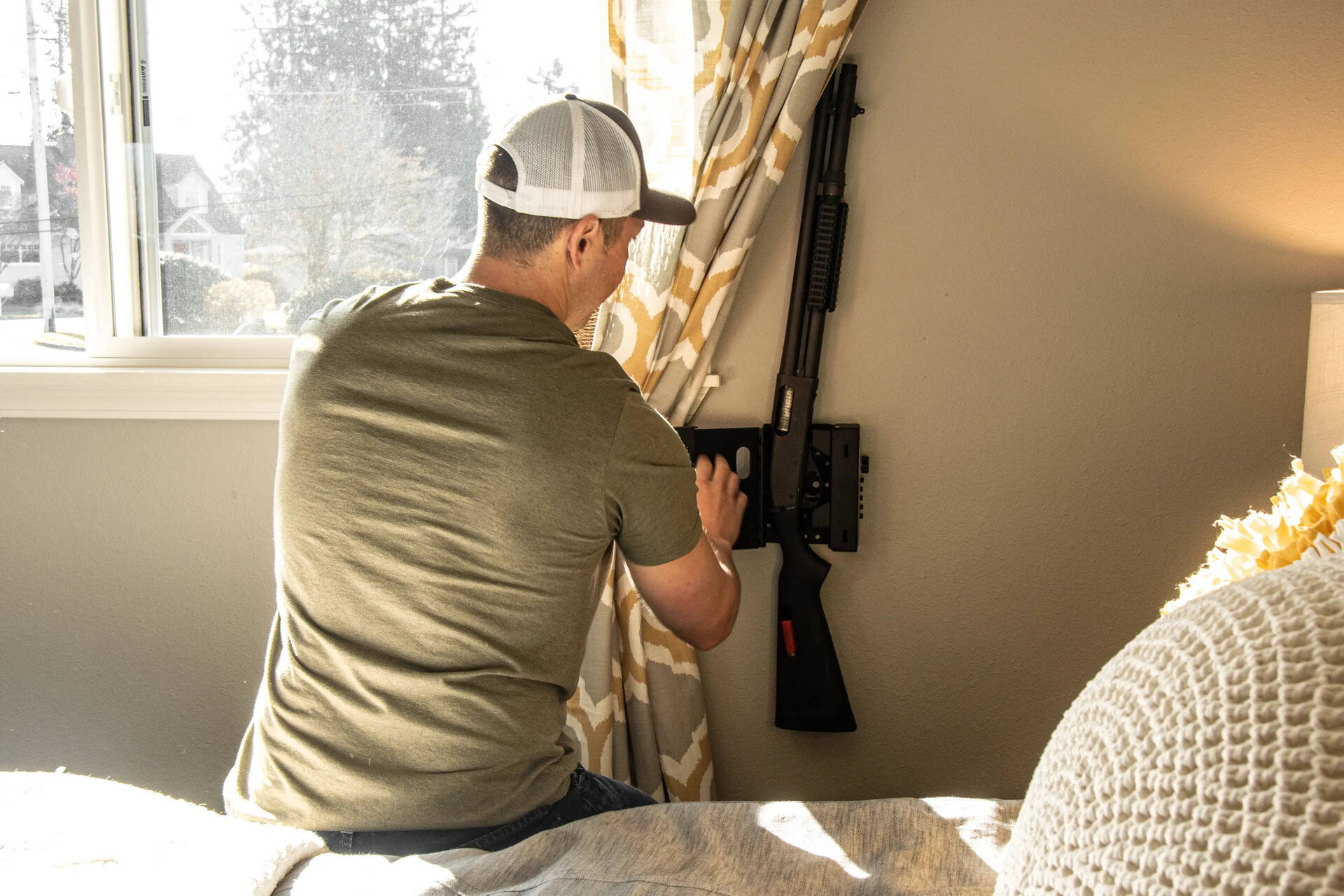
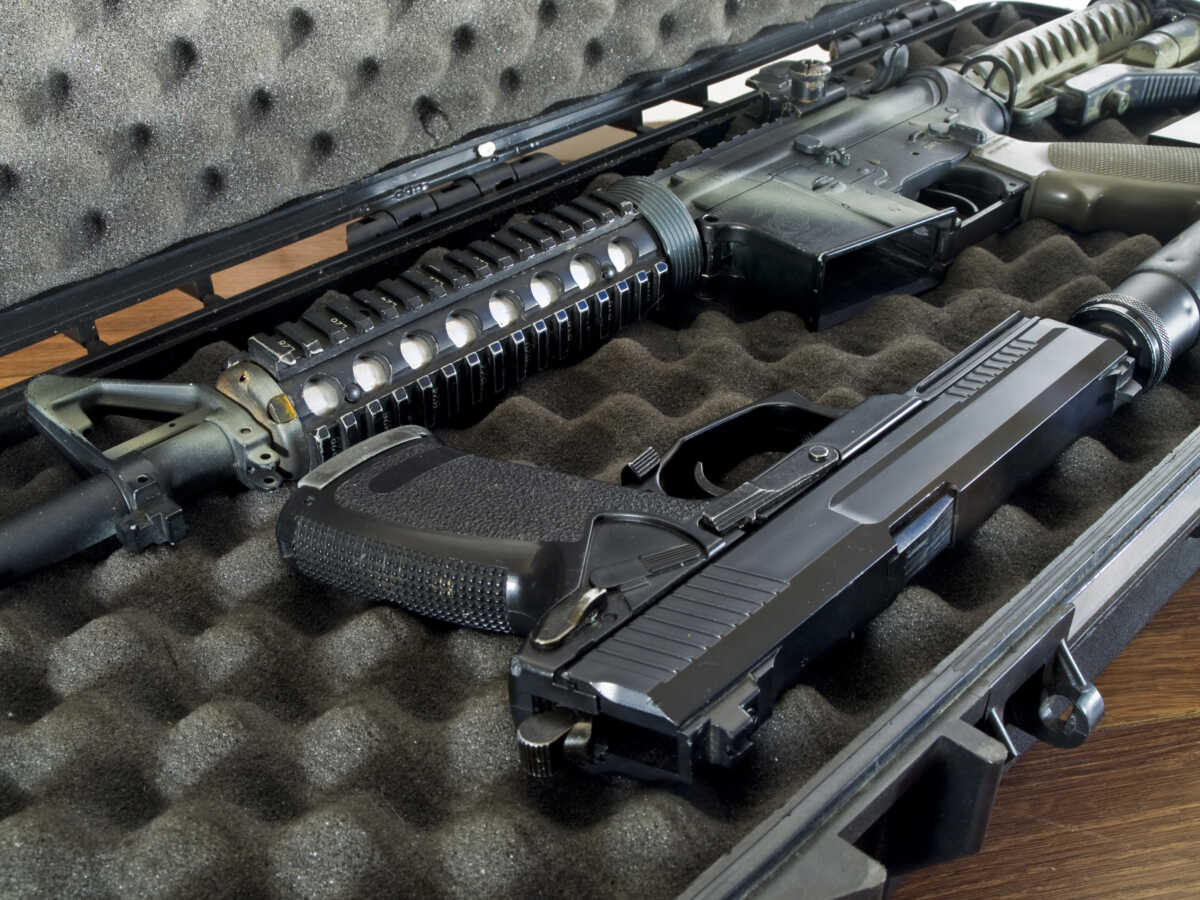
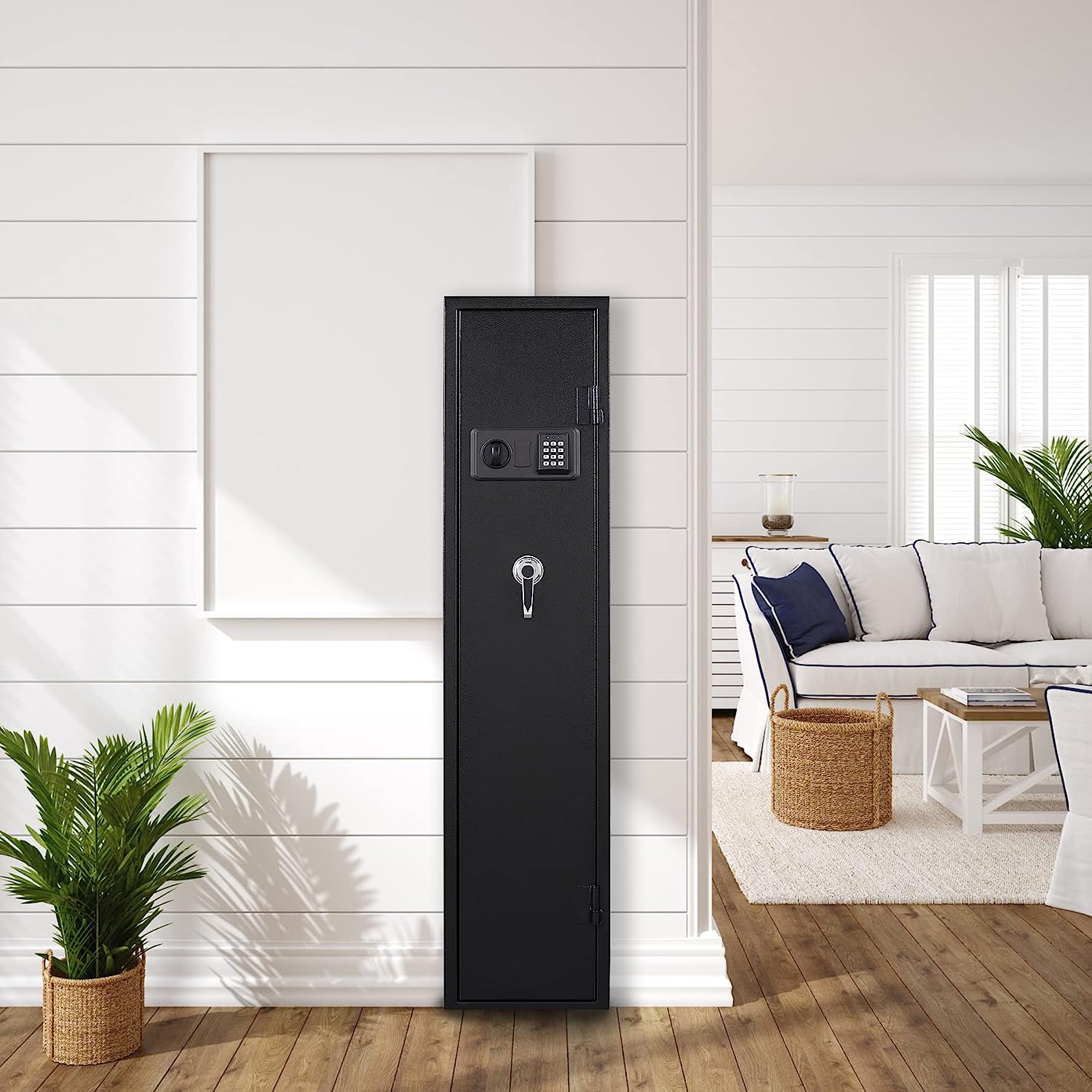
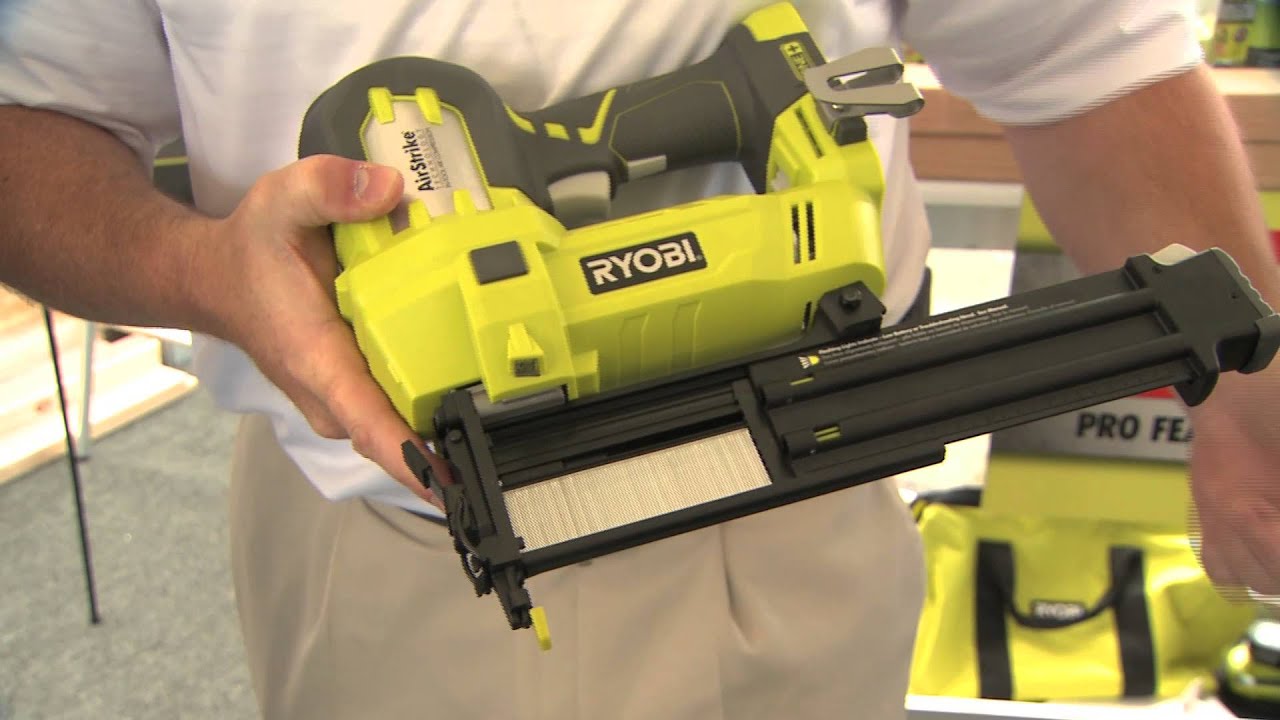

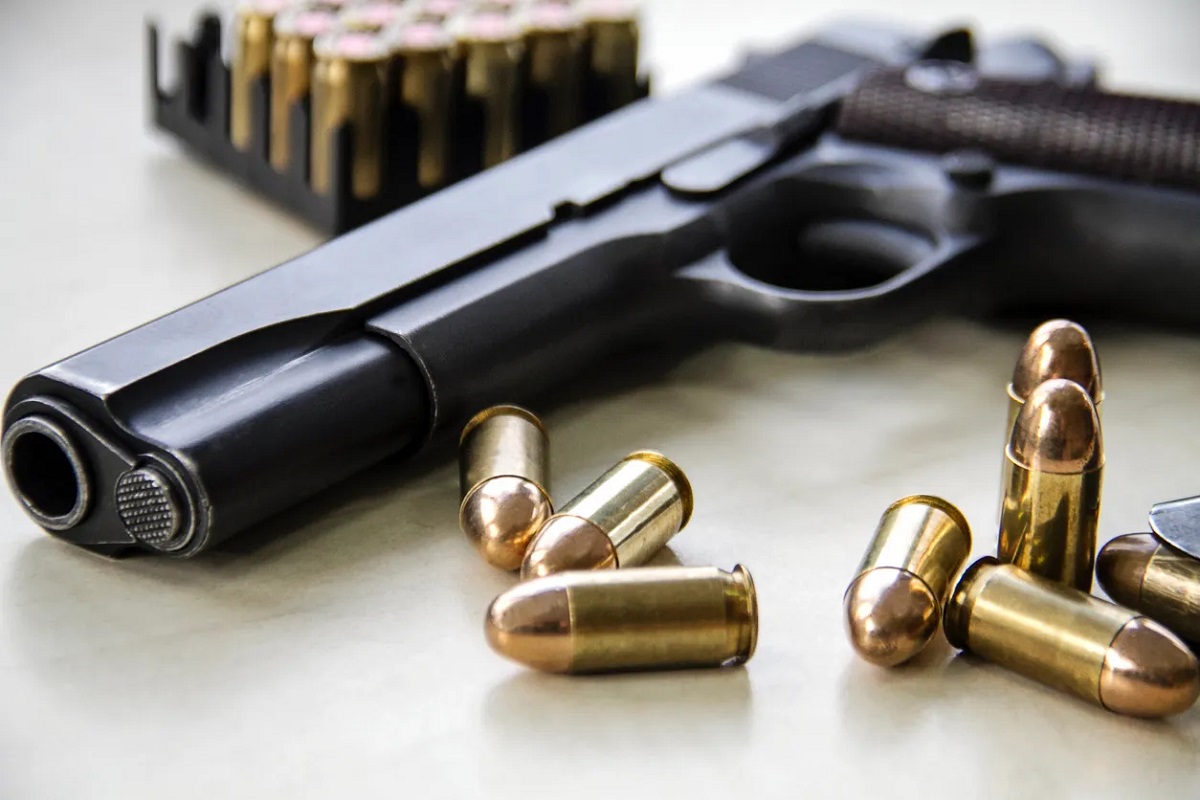
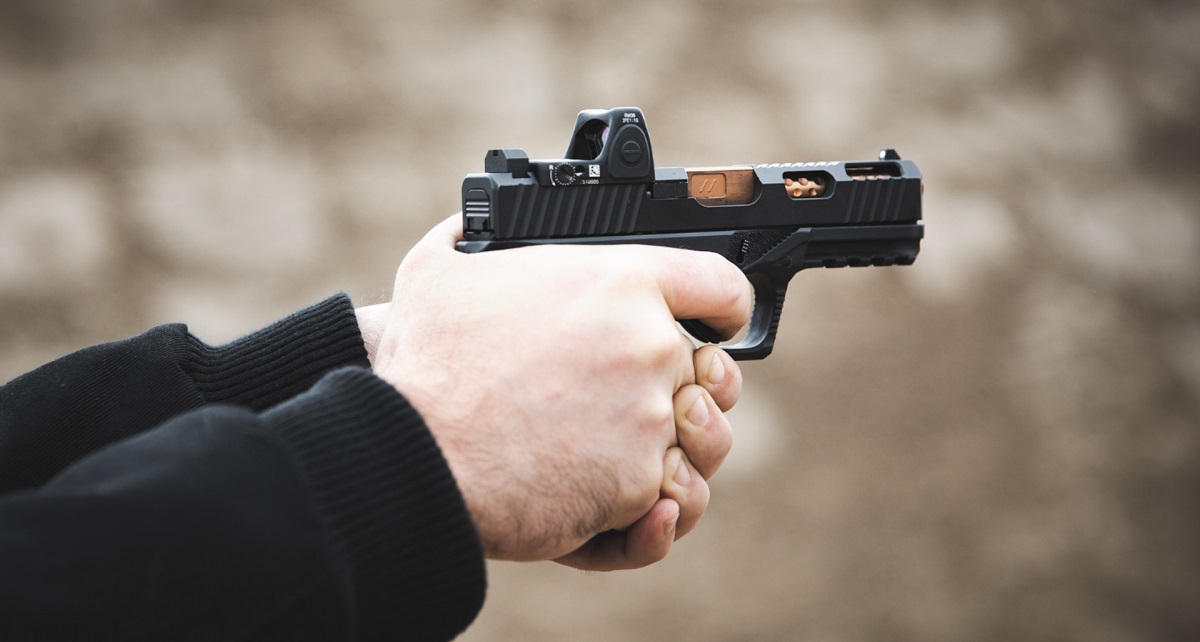
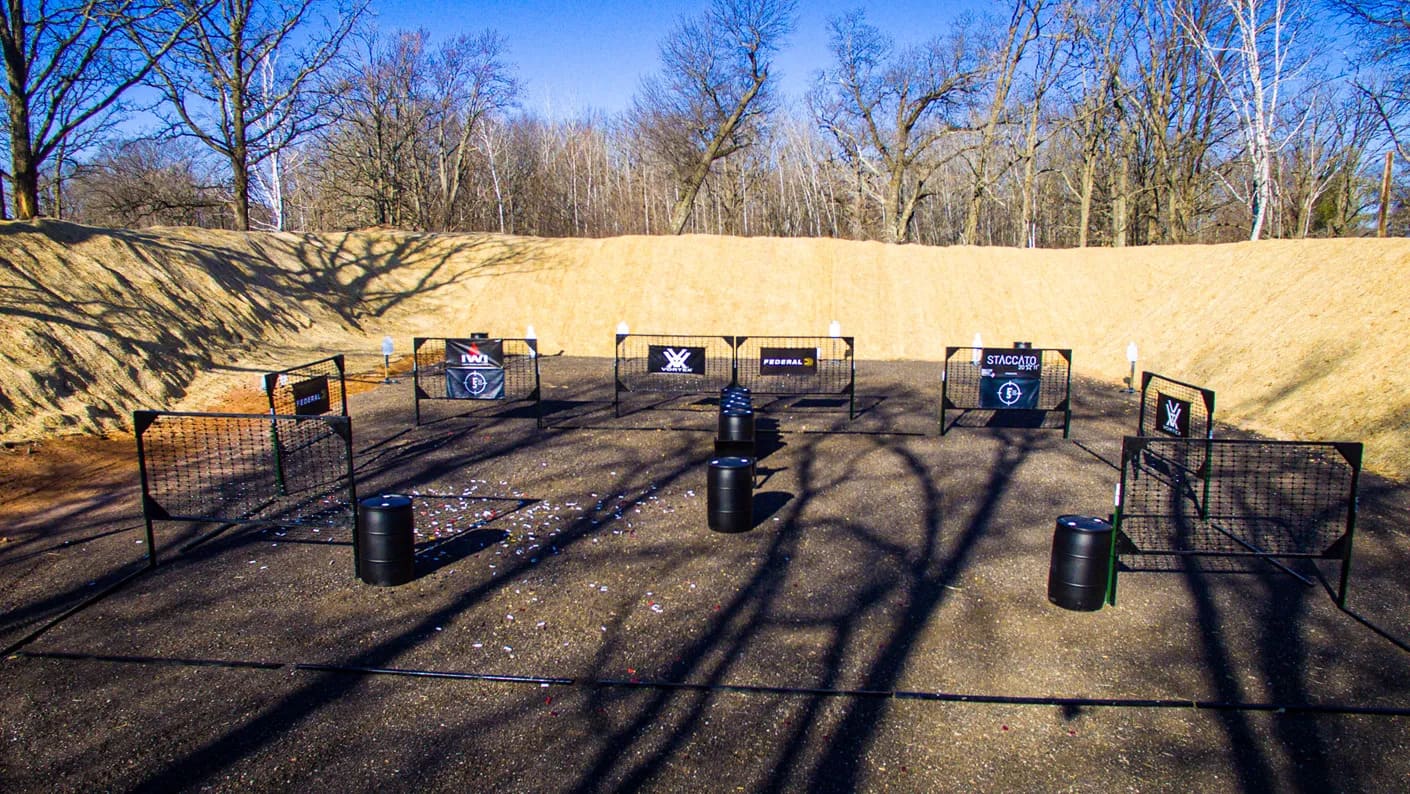
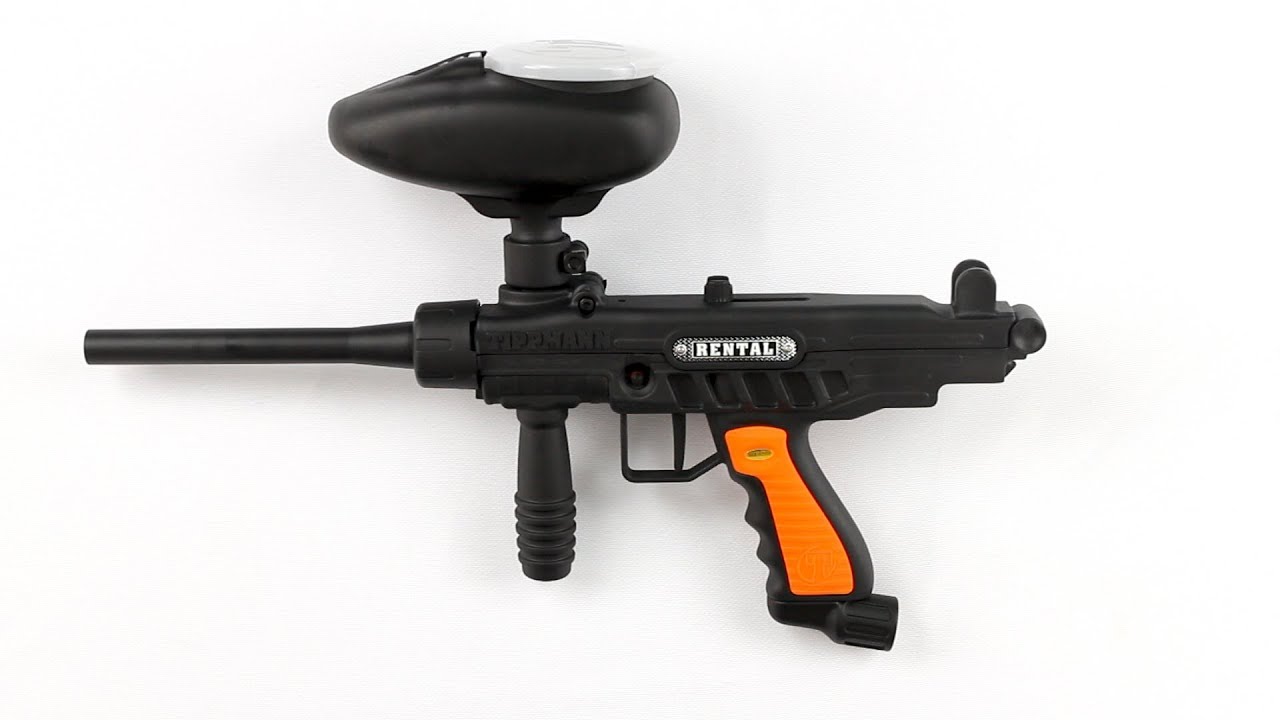
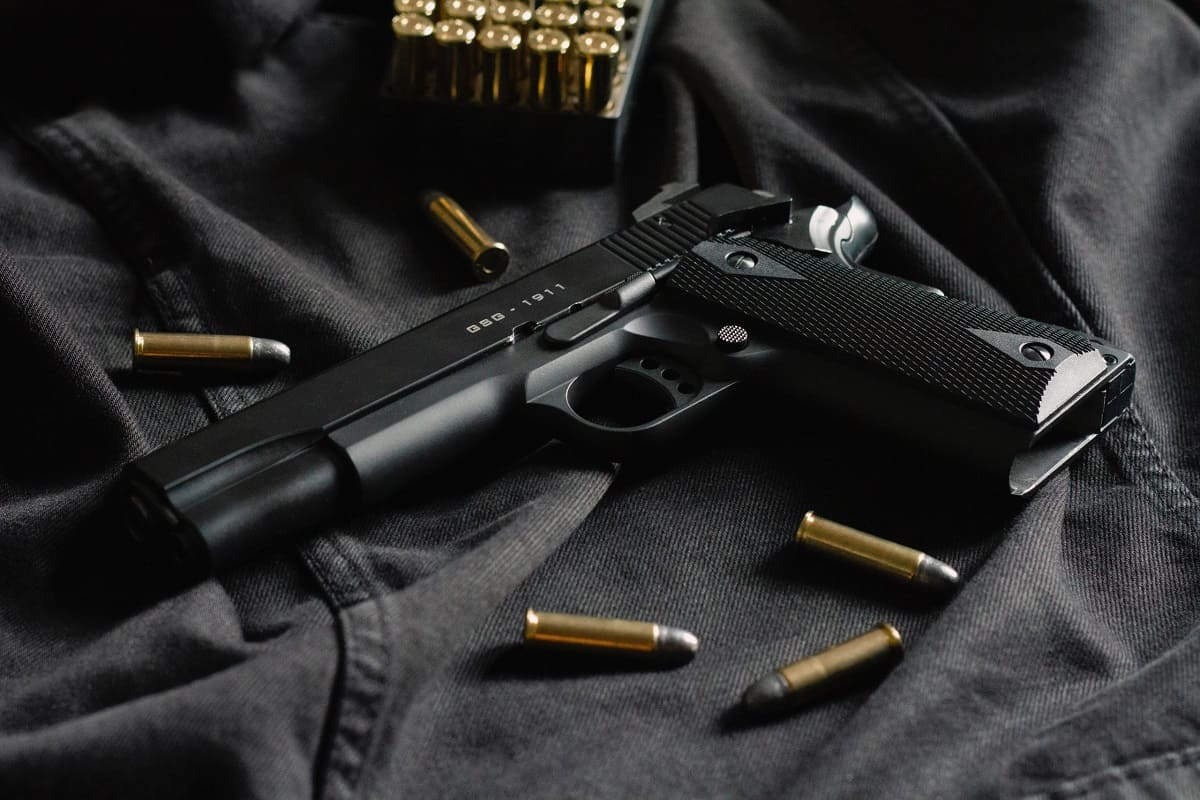
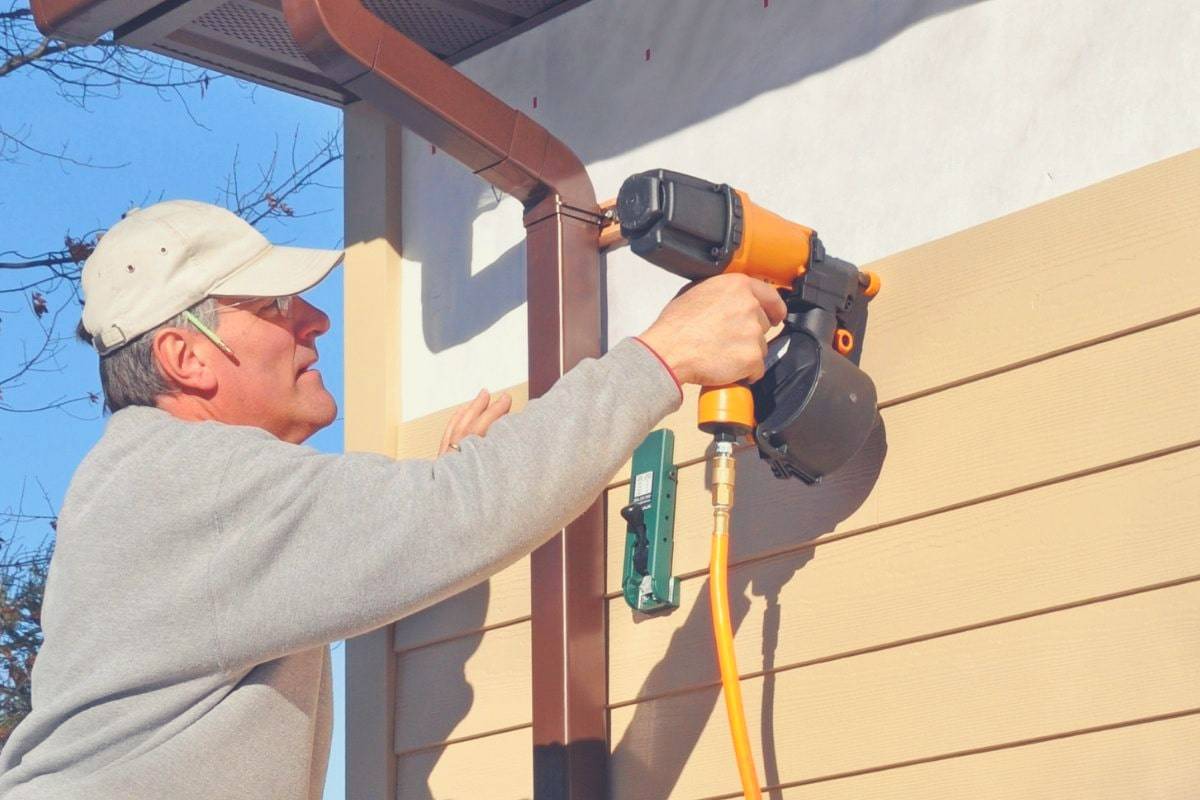

0 thoughts on “How To Store Guns”